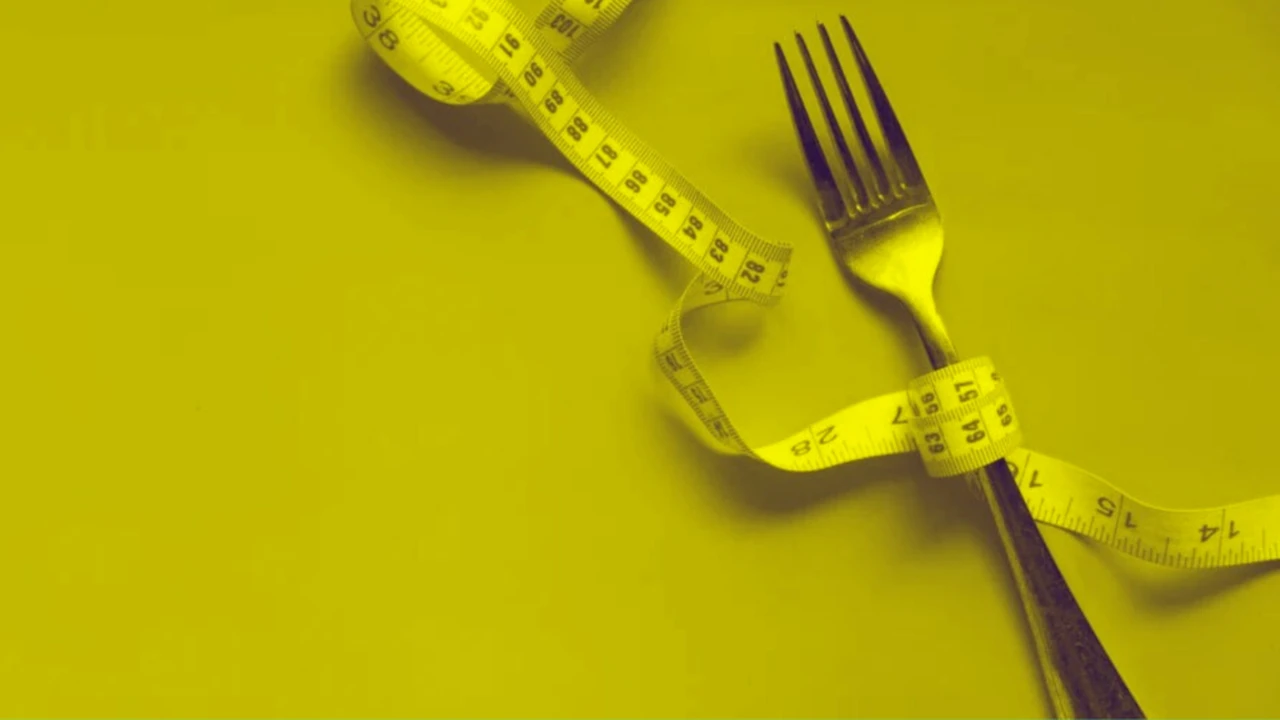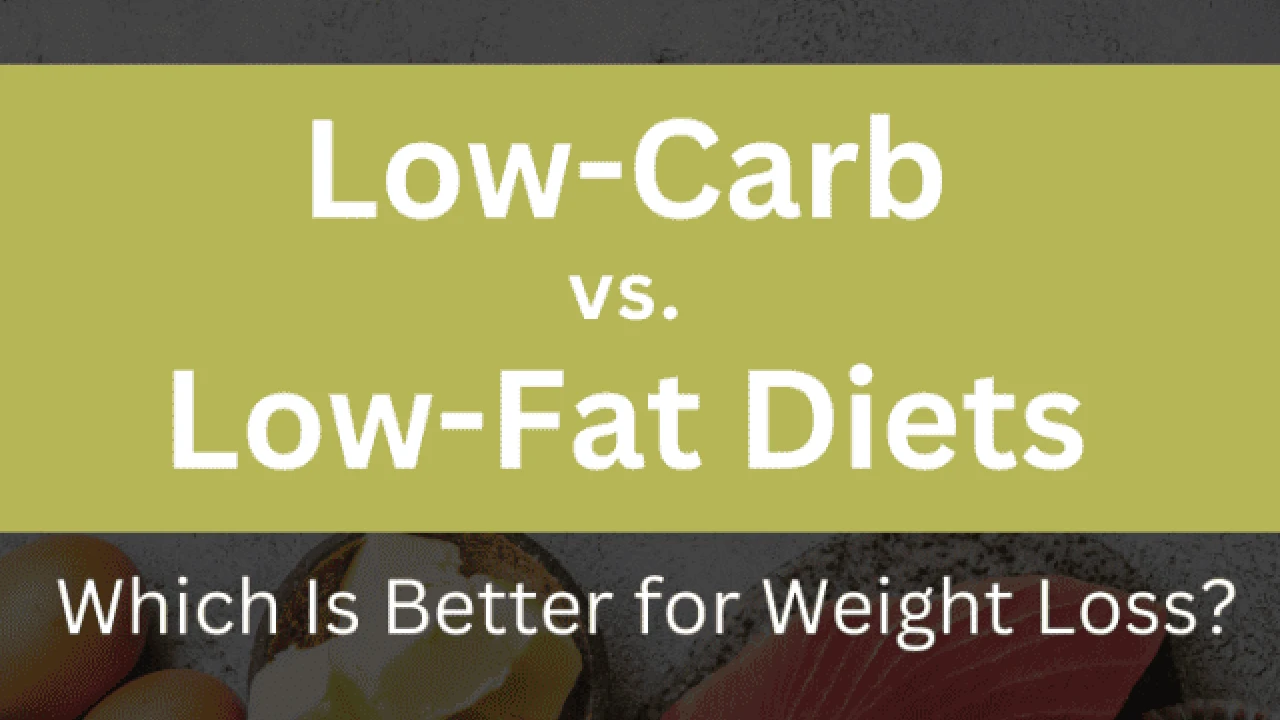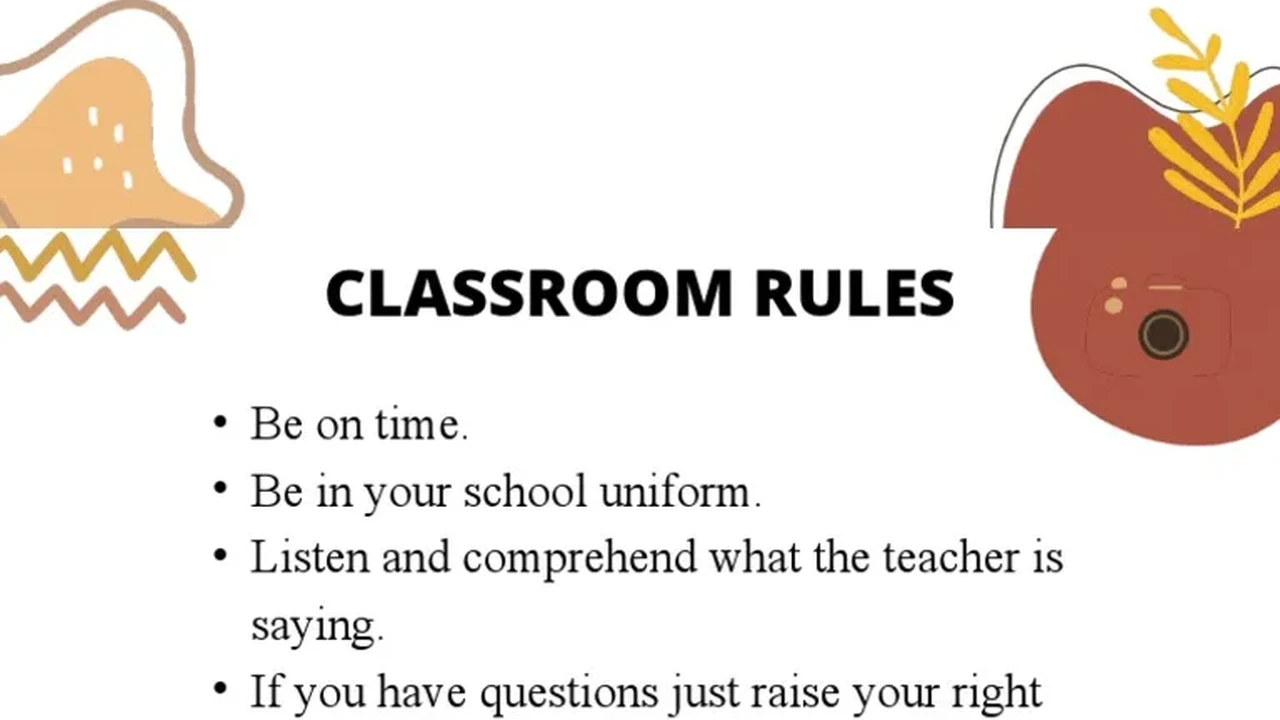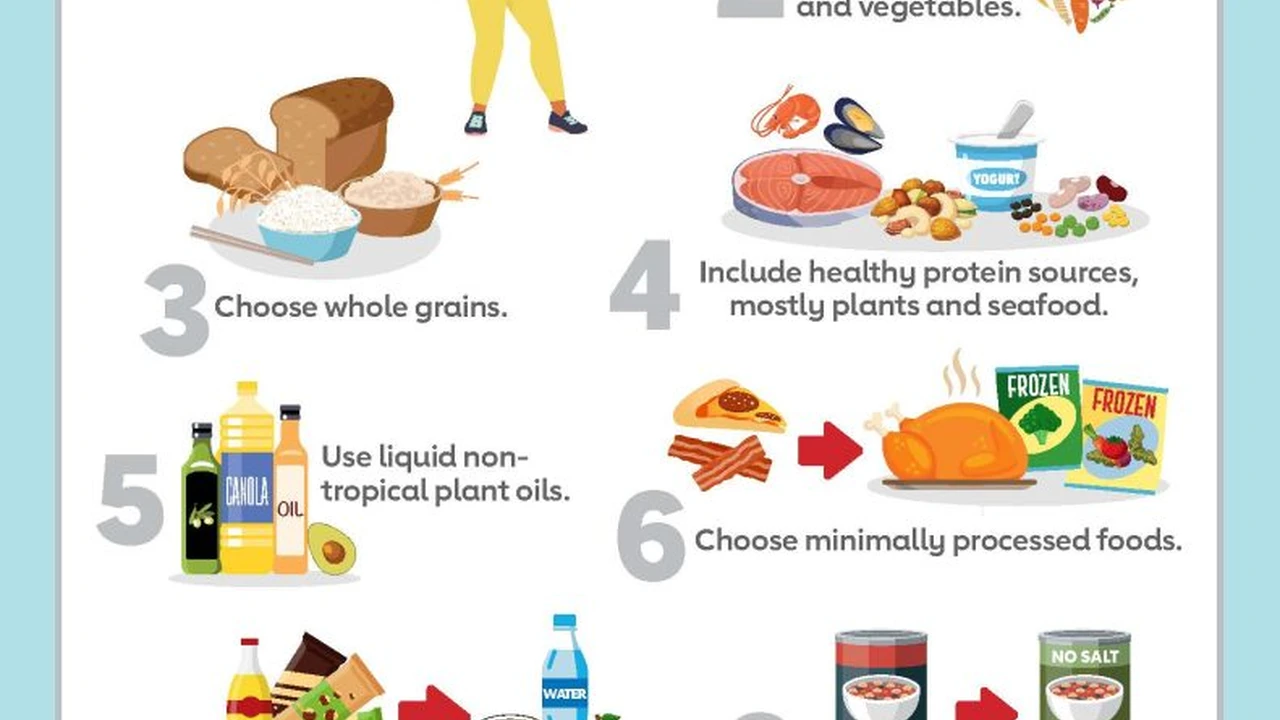The Truth About Fad Diets: Are They Safe and Effective?
Sample meta description.

Understanding Fad Diets What Are They and Why Are They So Popular
Okay, let's dive into the world of fad diets. You've probably seen them plastered all over social media, promising rapid weight loss and a brand new you. But what exactly *are* they? Fad diets are essentially trendy eating plans that promise quick results. They often involve severely restricting certain food groups, following rigid rules, or promoting specific food combinations. Think juice cleanses, keto, intermittent fasting (sometimes!), and the grapefruit diet. The allure? Fast weight loss. The reality? Often unsustainable and potentially harmful.
Why are they so popular? Well, we live in a society obsessed with instant gratification. Fad diets capitalize on this desire, offering the hope of a quick fix. Plus, they're often heavily marketed with impressive before-and-after photos and celebrity endorsements. The problem is, these diets often ignore the fundamental principles of healthy eating and long-term well-being.
The Dangers of Restrictive Eating How Fad Diets Can Harm Your Health
Here's where things get serious. Fad diets, especially those that severely restrict calories or entire food groups, can have some pretty nasty side effects. We're talking nutrient deficiencies, muscle loss, metabolic slowdown, and even increased risk of certain health problems. When you drastically cut calories, your body goes into survival mode, slowing down your metabolism to conserve energy. This makes it harder to lose weight in the long run and easier to gain it back when you return to your normal eating habits. Also, some fad diets can lead to dehydration, electrolyte imbalances, and even heart problems.
Beyond the physical effects, restrictive eating can also mess with your mental health. It can lead to feelings of deprivation, anxiety, and even disordered eating patterns. Obsessing over food rules and constantly worrying about breaking them can take a serious toll on your well-being. It's just not worth it for a temporary fix.
Spotting a Fad Diet Red Flags to Watch Out For
So, how can you tell if a diet is a fad in disguise? Here are some red flags to watch out for:
- Promises rapid weight loss: If a diet promises you'll lose 10 pounds in a week, run the other way. Sustainable weight loss is typically slow and steady.
- Eliminates entire food groups: Cutting out entire categories of food, like carbs or fats, is rarely a good idea. Your body needs a variety of nutrients to function properly.
- Requires you to buy special products: Diets that rely on expensive supplements, shakes, or pre-packaged meals are usually just a way for companies to make money.
- Lacks scientific evidence: Be wary of diets that are based on anecdotal evidence or testimonials rather than solid scientific research.
- Is overly restrictive or difficult to follow: If a diet makes you feel miserable and deprived, it's probably not sustainable in the long run.
Safe and Effective Weight Loss Strategies Sustainable Habits for Long Term Health
Okay, so fad diets are a no-go. But what *does* work for safe and effective weight loss? The key is to focus on building sustainable habits that you can maintain for the long haul. Here are some tips:
- Focus on whole, unprocessed foods: Fill your plate with fruits, vegetables, lean protein, and whole grains.
- Practice portion control: Be mindful of how much you're eating and avoid overeating.
- Stay hydrated: Drink plenty of water throughout the day.
- Get regular exercise: Aim for at least 30 minutes of moderate-intensity exercise most days of the week.
- Get enough sleep: Sleep deprivation can disrupt your hormones and lead to increased cravings.
- Manage stress: Find healthy ways to cope with stress, such as yoga, meditation, or spending time in nature.
Remember, weight loss is a journey, not a race. Be patient with yourself and celebrate your progress along the way. It's all about making small, sustainable changes that add up to big results over time.
Healthy Eating for a Balanced Diet Practical Tips and Guidelines
Beyond weight loss, healthy eating is about nourishing your body and feeling your best. Here are some practical tips and guidelines for creating a balanced diet:
- Eat a variety of foods: Don't get stuck in a rut. Experiment with different fruits, vegetables, and protein sources.
- Limit processed foods, sugary drinks, and unhealthy fats: These foods are often high in calories and low in nutrients.
- Read food labels carefully: Pay attention to serving sizes, calories, and nutrient content.
- Cook at home more often: This gives you more control over the ingredients and portion sizes.
- Plan your meals in advance: This can help you make healthier choices and avoid impulse eating.
- Listen to your body: Pay attention to your hunger and fullness cues.
Healthy eating is not about perfection. It's about making conscious choices that support your health and well-being. Don't be afraid to indulge in your favorite treats occasionally, but focus on making healthy choices the majority of the time.
Product Recommendations for Healthy Eating Aids and Supplements
While a balanced diet should be the foundation of your healthy eating plan, certain products can provide additional support. Here are a few recommendations, along with usage scenarios, comparisons, and pricing:
Protein Powders for Muscle Building and Satiety
Usage Scenario: Post-workout recovery, meal replacement, or adding protein to smoothies.
Product 1: Whey Protein Isolate (Optimum Nutrition Gold Standard 100% Whey)
Description: A fast-digesting protein source ideal for post-workout recovery. Low in carbs and fat.
Pros: High protein content, mixes easily, widely available, good flavor options.
Cons: May not be suitable for those with lactose intolerance.
Price: Approximately $30-40 for a 2lb container.
Product 2: Plant-Based Protein Blend (Vega Protein & Greens)
Description: A blend of pea protein, brown rice protein, and other plant-based ingredients. Includes greens for added nutrients.
Pros: Vegan-friendly, good source of fiber, contains added greens.
Cons: May have a slightly earthy taste, can be more expensive than whey protein.
Price: Approximately $40-50 for a 2lb container.
Comparison: Whey protein is generally considered the gold standard for muscle building due to its high bioavailability and complete amino acid profile. Plant-based protein is a good option for vegans or those with dairy sensitivities, but may require a larger serving size to achieve the same protein intake.
Meal Replacement Shakes for Convenience and Calorie Control
Usage Scenario: Quick and easy breakfast or lunch, calorie-controlled meal replacement.
Product 1: Soylent Meal Replacement Shake
Description: A complete meal replacement shake containing protein, carbs, fats, and essential vitamins and minerals.
Pros: Convenient, nutritionally complete, vegan-friendly.
Cons: Can be expensive, some find the taste bland.
Price: Approximately $35-45 for a case of 12 shakes.
Product 2: Huel Meal Replacement Shake
Description: A nutritionally complete meal replacement shake made with oats, pea protein, and flaxseed.
Pros: High in fiber, good source of omega-3 fatty acids, customizable macros.
Cons: Can be gritty, requires blending.
Price: Approximately $50-60 for a bag containing 17 meals.
Comparison: Soylent is a convenient ready-to-drink option, while Huel offers more customization and a higher fiber content. Both are designed to provide a complete meal replacement, but personal preference will likely determine which one is a better fit.
Probiotics for Gut Health and Digestion
Usage Scenario: Improving digestion, boosting immunity, supporting gut health.
Product 1: Culturelle Daily Probiotic
Description: Contains *Lactobacillus rhamnosus GG*, a well-researched probiotic strain.
Pros: Clinically proven to support digestive health, easy to swallow capsules, shelf-stable.
Cons: Contains only one strain of probiotic.
Price: Approximately $20-30 for a 30-capsule bottle.
Product 2: Garden of Life Dr. Formulated Probiotics
Description: A blend of multiple probiotic strains, including *Lactobacillus* and *Bifidobacterium* species.
Pros: Contains a diverse range of probiotic strains, organic and non-GMO, available in different formulations for specific needs.
Cons: Requires refrigeration.
Price: Approximately $30-40 for a 30-capsule bottle.
Comparison: Culturelle is a good choice for those looking for a single, well-researched probiotic strain. Garden of Life offers a broader spectrum of probiotics and may be more beneficial for those with diverse gut health needs.
Disclaimer: It's always best to consult with a healthcare professional or registered dietitian before starting any new supplement regimen. They can help you determine which products are right for you and ensure they won't interact with any medications you're taking.
Maintaining Motivation and Avoiding Diet Burnout
Let's be real, sticking to a healthy eating plan can be tough. Life happens, cravings strike, and sometimes you just want to eat a whole pizza. The key is to find strategies to maintain motivation and avoid diet burnout.
- Set realistic goals: Don't try to overhaul your entire diet overnight. Start with small, achievable changes.
- Find an accountability partner: Having someone to support you and keep you on track can make a big difference.
- Reward yourself (non-food rewards!): Celebrate your progress with a massage, a new book, or a weekend getaway.
- Don't beat yourself up over slip-ups: Everyone makes mistakes. Just get back on track with your next meal.
- Focus on the positive: Instead of dwelling on what you can't eat, focus on all the delicious and healthy foods you *can* enjoy.
Remember, healthy eating is a journey, not a destination. Be patient with yourself, celebrate your successes, and don't be afraid to ask for help when you need it. You got this!
:max_bytes(150000):strip_icc()/277019-baked-pork-chops-with-cream-of-mushroom-soup-DDMFS-beauty-4x3-BG-7505-5762b731cf30447d9cbbbbbf387beafa.jpg)






